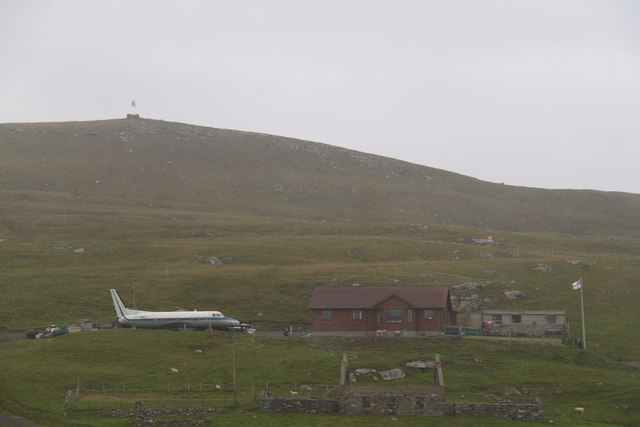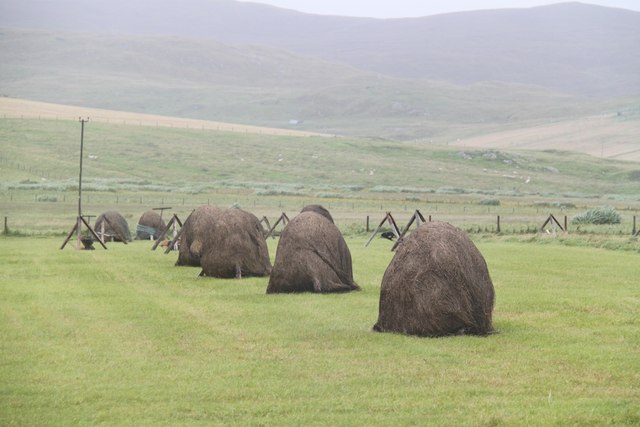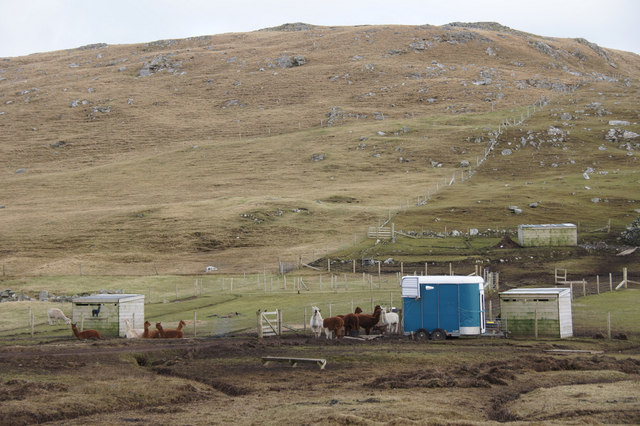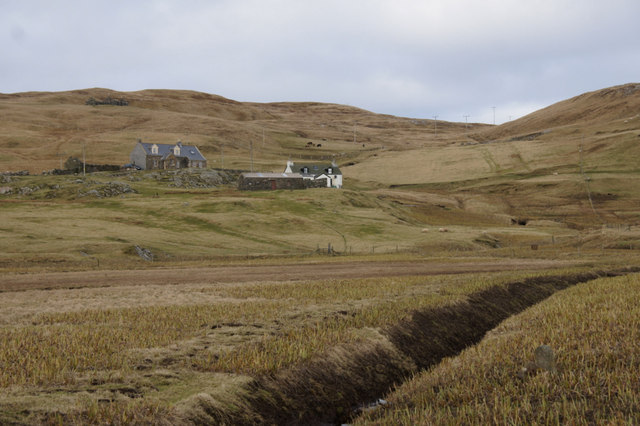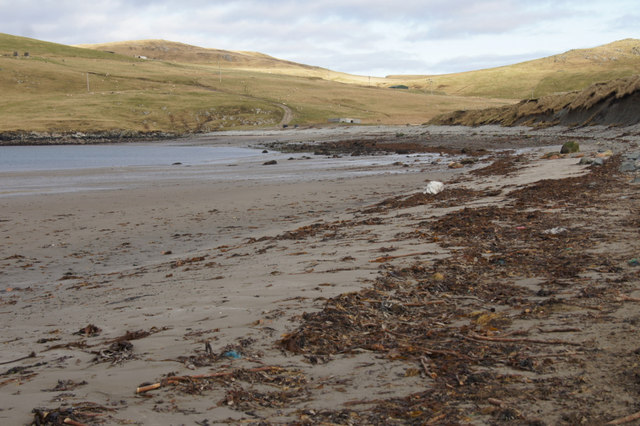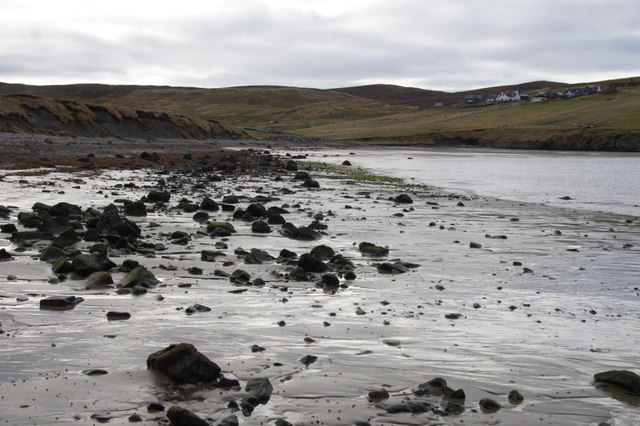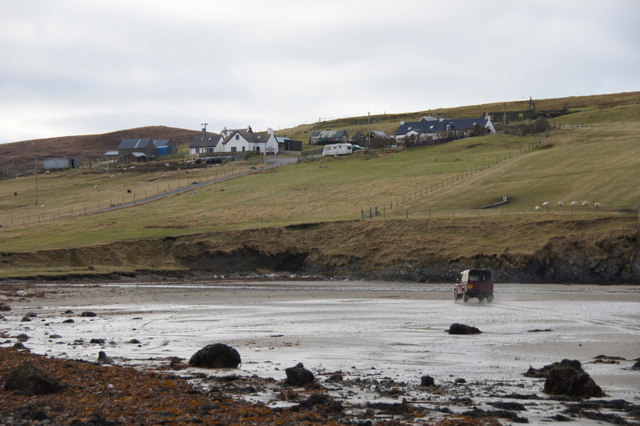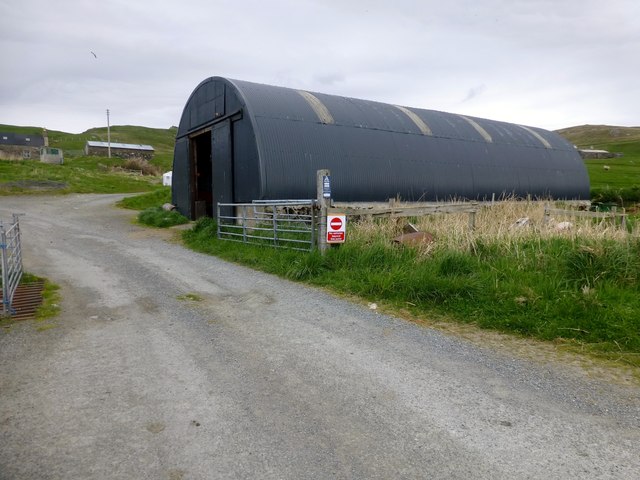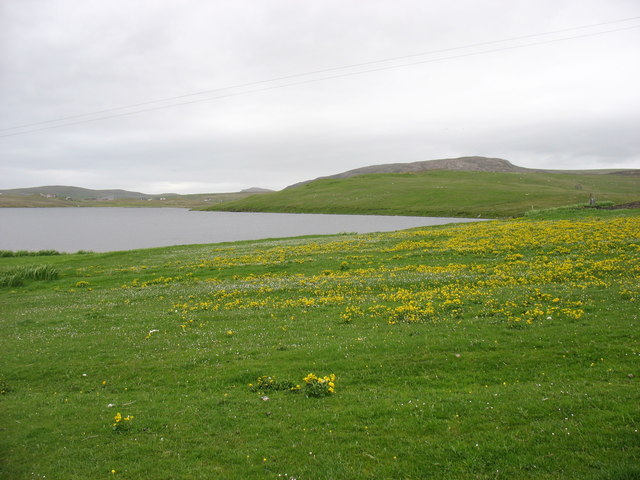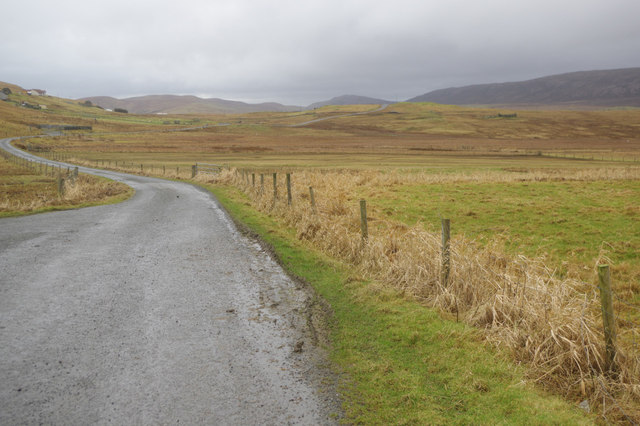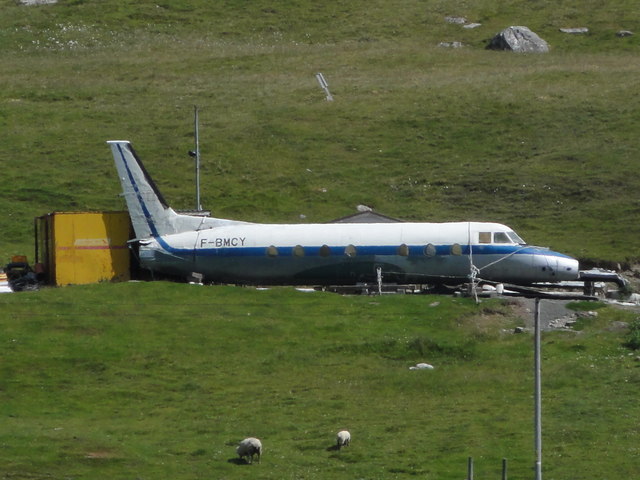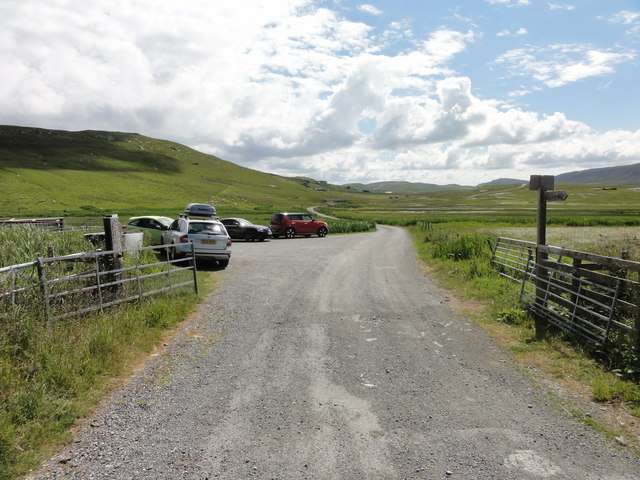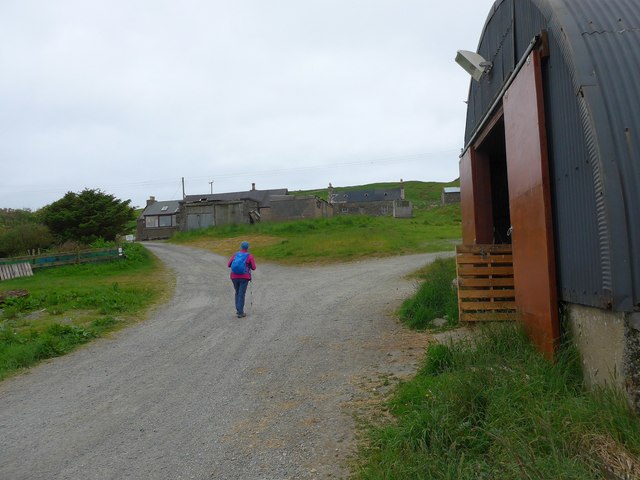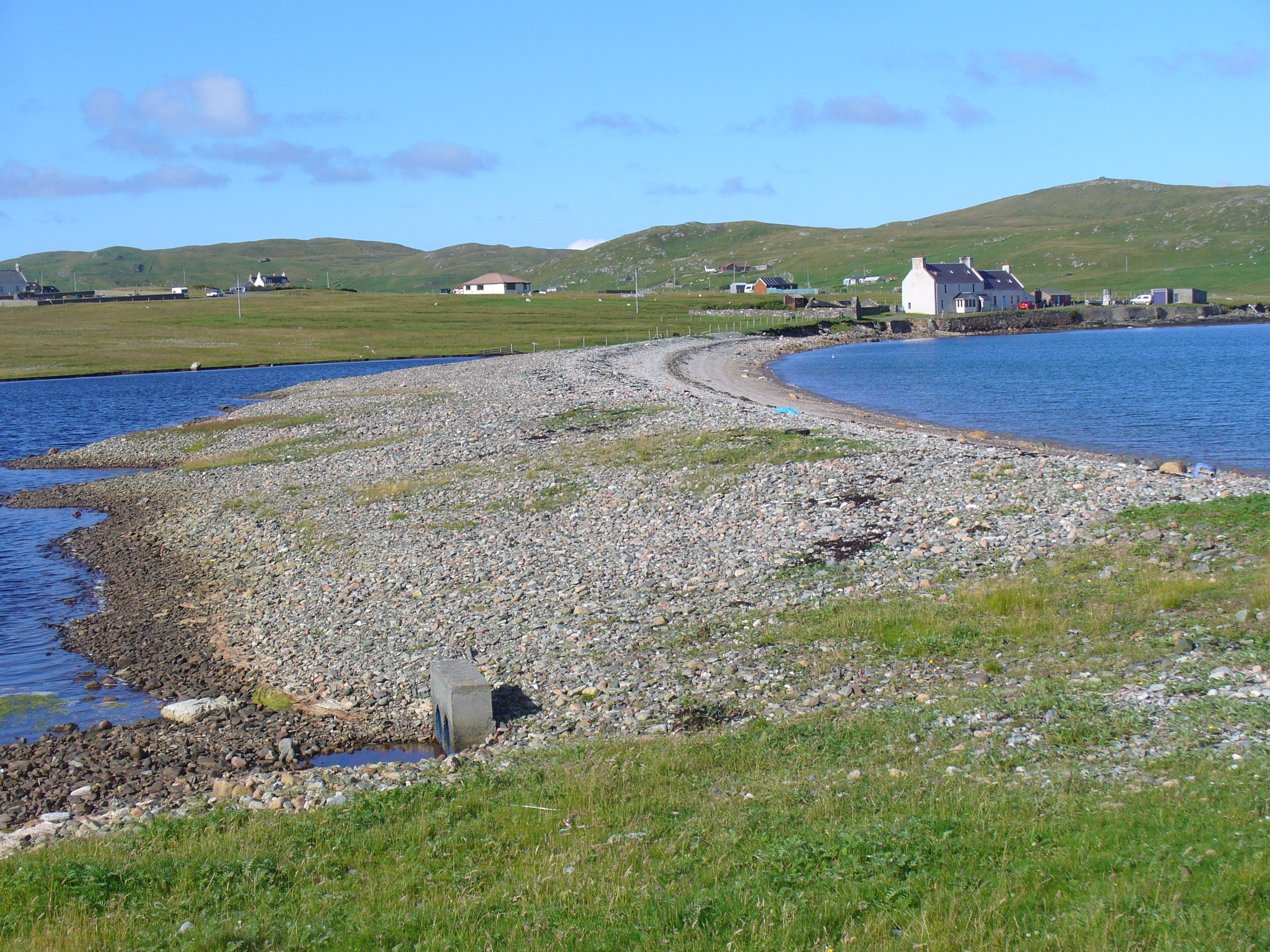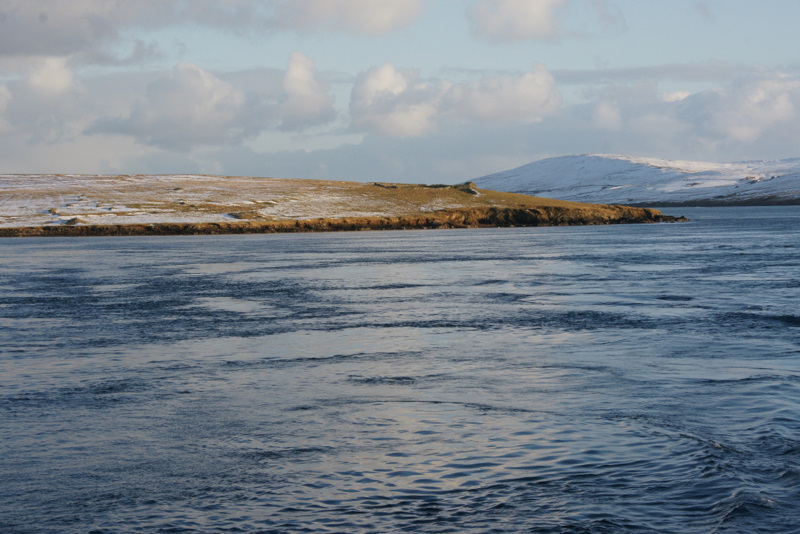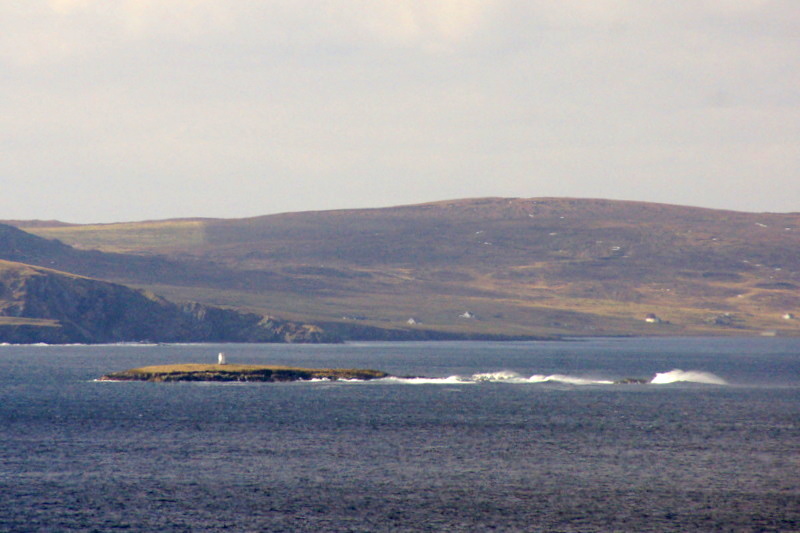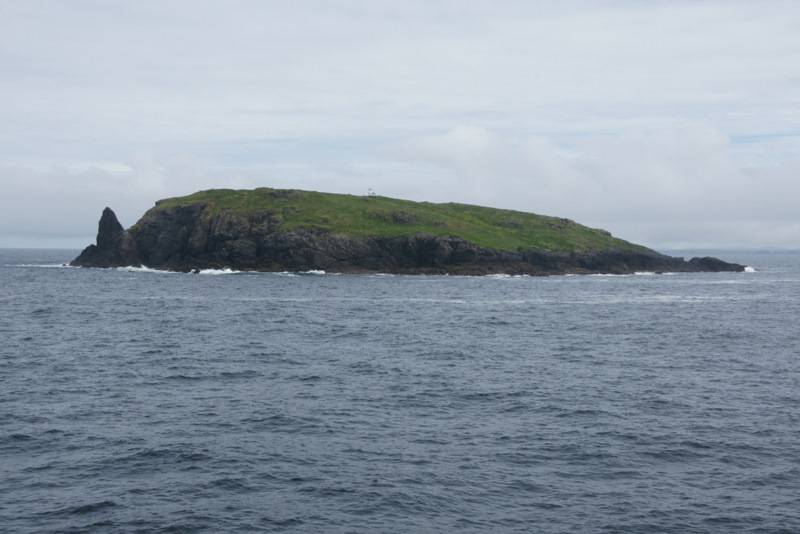The Crub
Coastal Feature, Headland, Point in Shetland
Scotland
The Crub
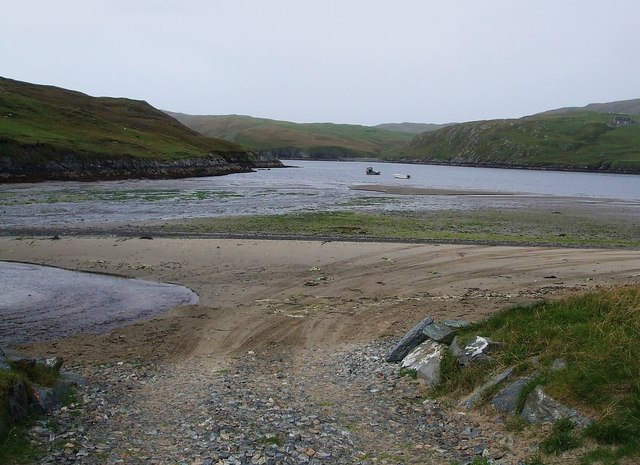
The Crub, located in Shetland, Scotland, is a prominent coastal feature known for its striking headland and point. It is a significant geographical landmark that showcases the rugged beauty of the Shetland Islands.
The Crub is situated on the western coast of Shetland, jutting out into the North Atlantic Ocean. It is characterized by its steep cliffs, which rise dramatically from the sea, creating a stunning and imposing sight. The headland extends out into the water, forming a point that provides a panoramic view of the surrounding coastline.
The area surrounding The Crub is rich in diverse wildlife, making it a popular spot for nature enthusiasts. Seabirds such as gannets, fulmars, and puffins can often be seen nesting and soaring above the cliffs. The cold waters around The Crub also attract seals, dolphins, and even occasional sightings of whales.
The Crub is not only a natural wonder but also holds historical significance. The headland is believed to have been a strategic location for Viking invaders during the early medieval period. The remnants of ancient structures, including stone walls and burial cairns, can still be found in the vicinity, providing valuable insights into the area's historical past.
Visitors to The Crub can enjoy breathtaking walks along the cliff edge, taking in the awe-inspiring views of the endless ocean and the rugged Shetland landscape. The site offers a sense of tranquility and isolation, providing an escape from the hustle and bustle of everyday life. Whether one is interested in natural beauty, wildlife, or history, The Crub is a must-see destination that captures the essence of Shetland's coastal allure.
If you have any feedback on the listing, please let us know in the comments section below.
The Crub Images
Images are sourced within 2km of 60.586225/-1.3160005 or Grid Reference HU3789. Thanks to Geograph Open Source API. All images are credited.

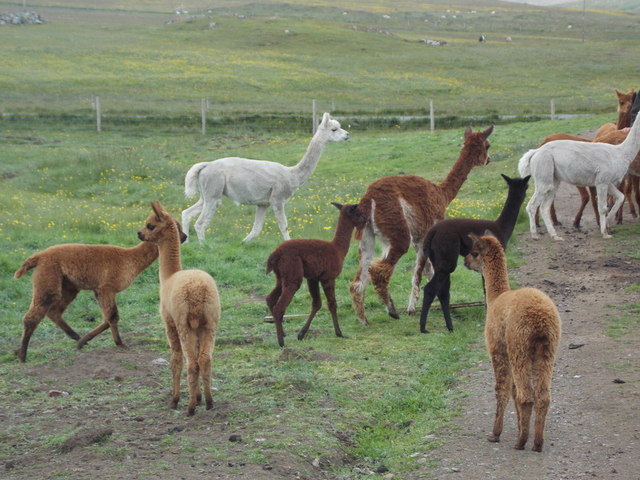
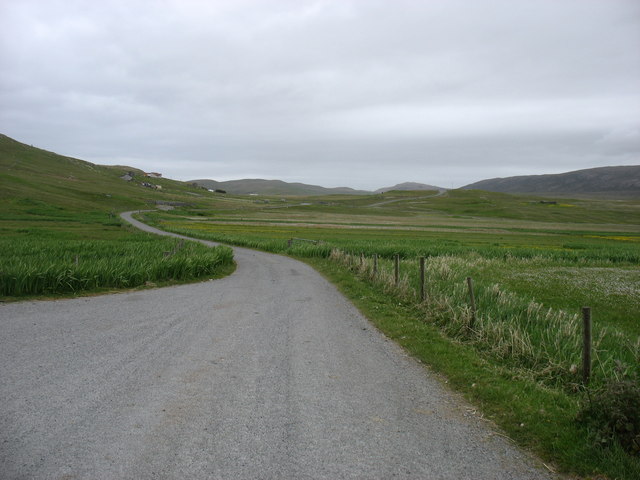
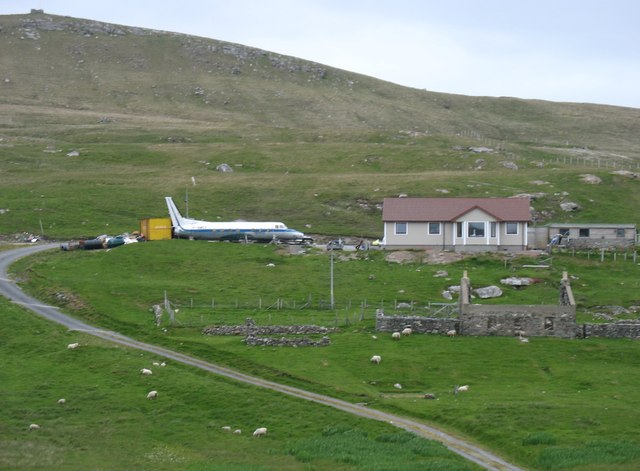
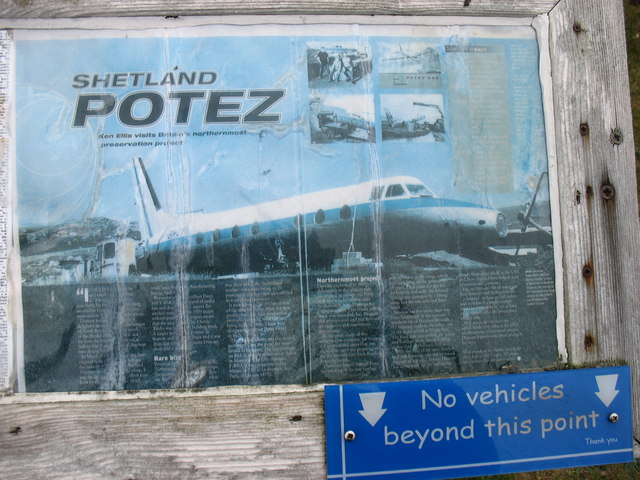
The Crub is located at Grid Ref: HU3789 (Lat: 60.586225, Lng: -1.3160005)
Unitary Authority: Shetland Islands
Police Authority: Highlands and Islands
What 3 Words
///farmed.inched.snuck. Near Ulsta, Shetland Islands
Nearby Locations
Related Wikis
North Roe
North Roe is a village, and protected area at the northern tip in the large Northmavine peninsula of the Mainland of Shetland, Scotland. It is a small...
Muckle Holm, Yell Sound
Muckle Holm is a small island in Shetland. It is in Yell Sound, near the Northmavine. It is 23 metres (75 ft) at its highest point. There is a lighthouse...
Yell Sound
Yell Sound is the strait running between Yell and Mainland, Shetland, Scotland. It is the boundary between the Mainland and the North Isles and it contains...
Little Holm, Yell Sound
Little Holm is a small island in Yell Sound, in Shetland, Scotland. It lies between Northmavine and the island of Yell. There is a lighthouse here. In...
Fethaland
Fethaland or Fedeland (pronounced [ˈfeɪdələnd]) is an abandoned settlement at the extreme north end of Mainland, Shetland. It was the site of the largest...
Uyea, Northmavine
Uyea (Scots: Öya in Shetland dialect spelling) is an uninhabited tidal island located to the northwest of Mainland, Shetland. Uyea lies off the Northmavine...
Gruney
Gruney is a small, uninhabited island in Shetland, Scotland. It lies north of the Northmavine peninsula of the Shetland Mainland, from which it is separated...
West Sandwick
West Sandwick is a settlement on the island of Yell, Shetland Islands, Scotland. It is one of the few settlements in the west of the island. West Sandwick...
Nearby Amenities
Located within 500m of 60.586225,-1.3160005Have you been to The Crub?
Leave your review of The Crub below (or comments, questions and feedback).
